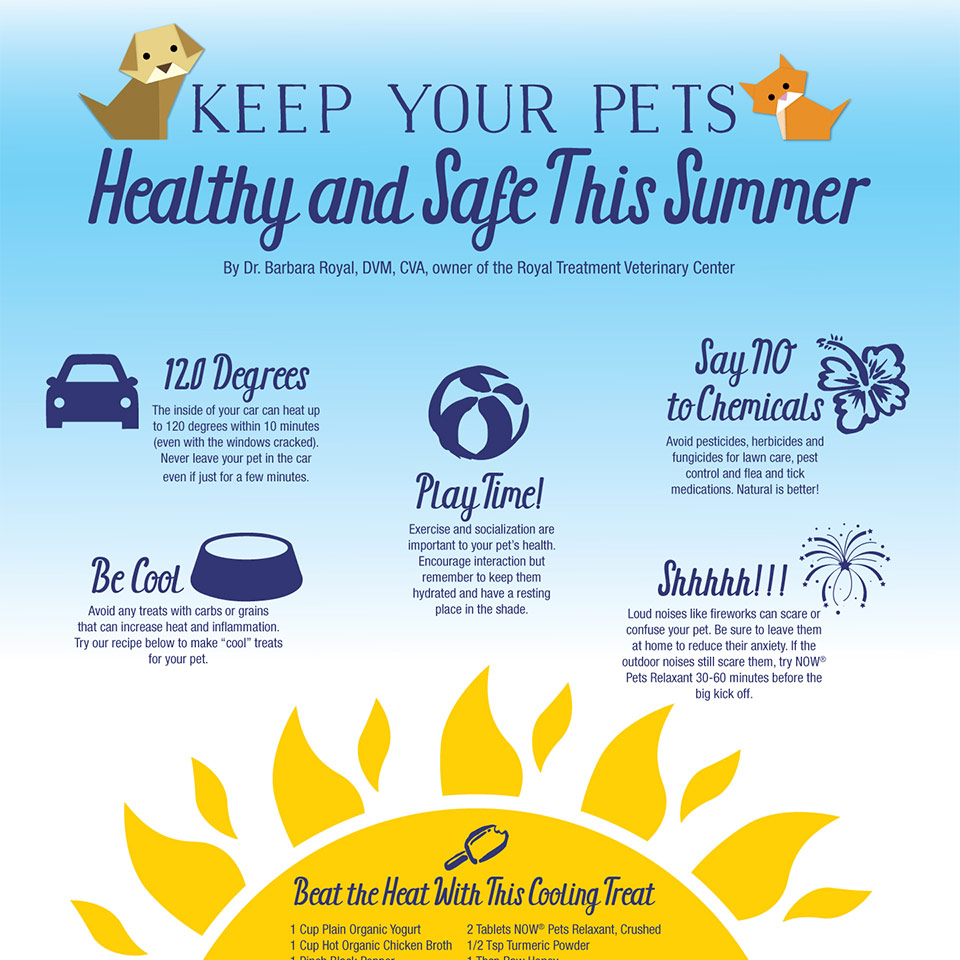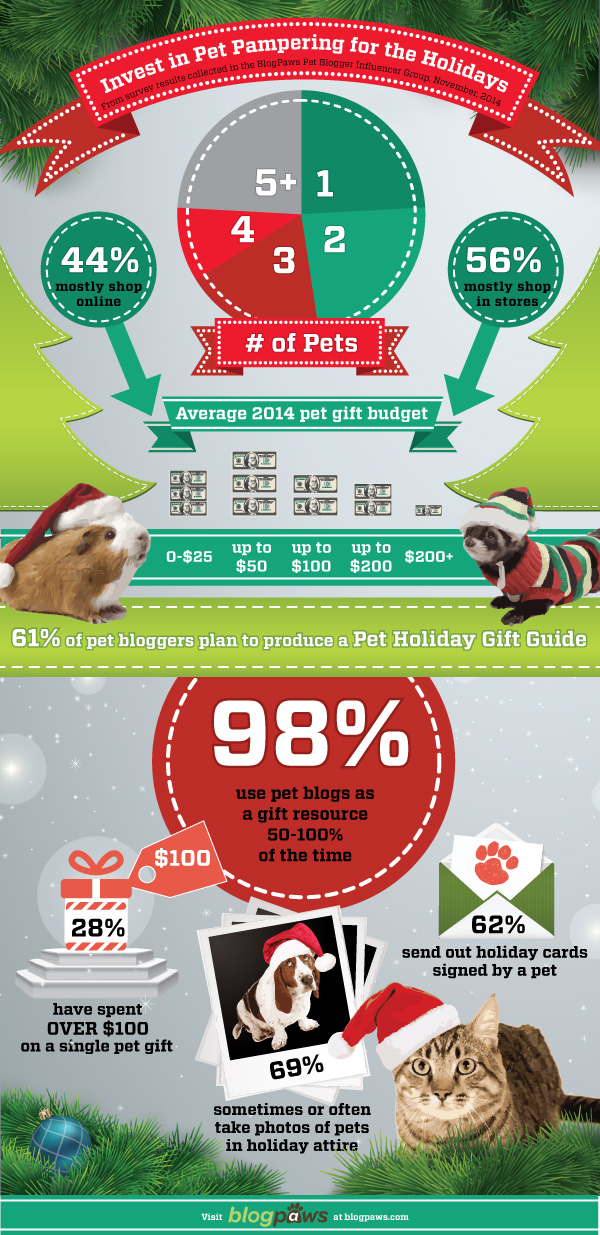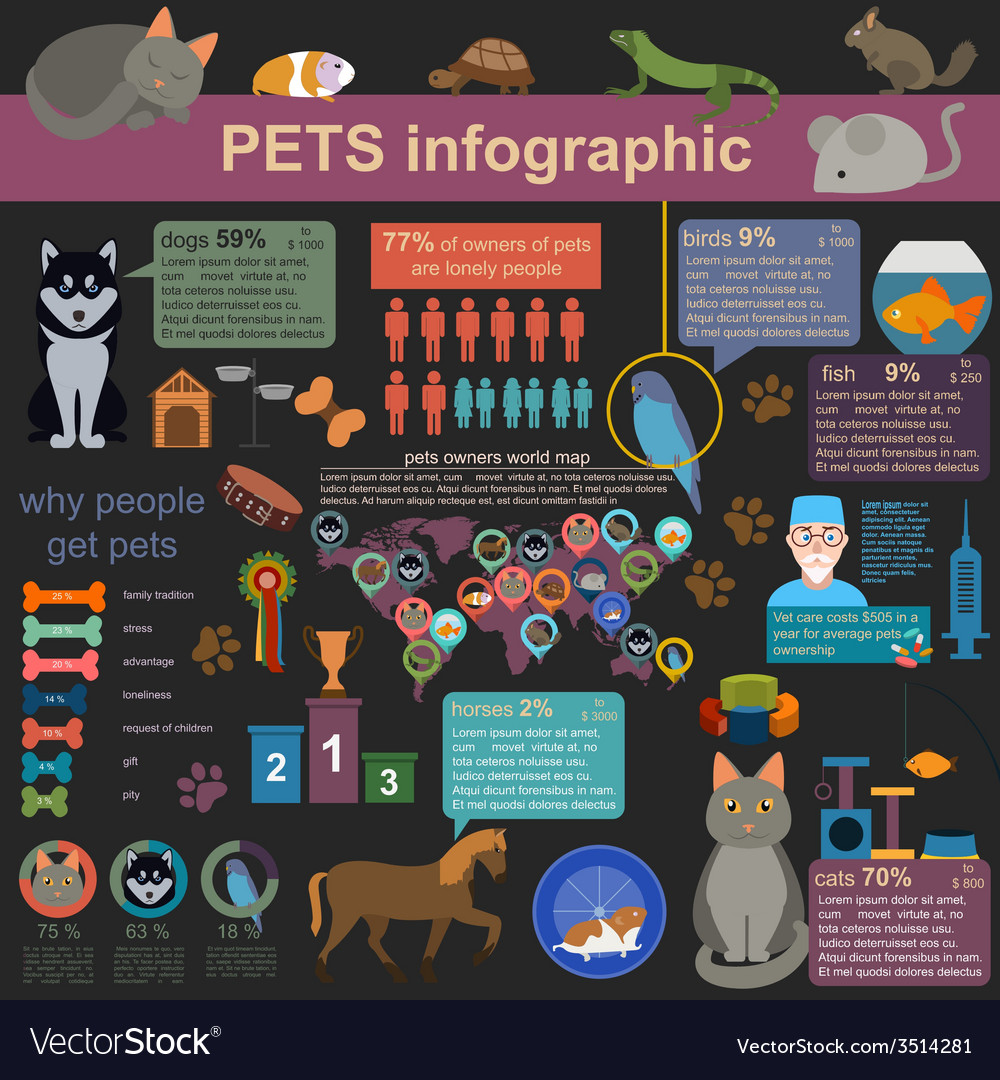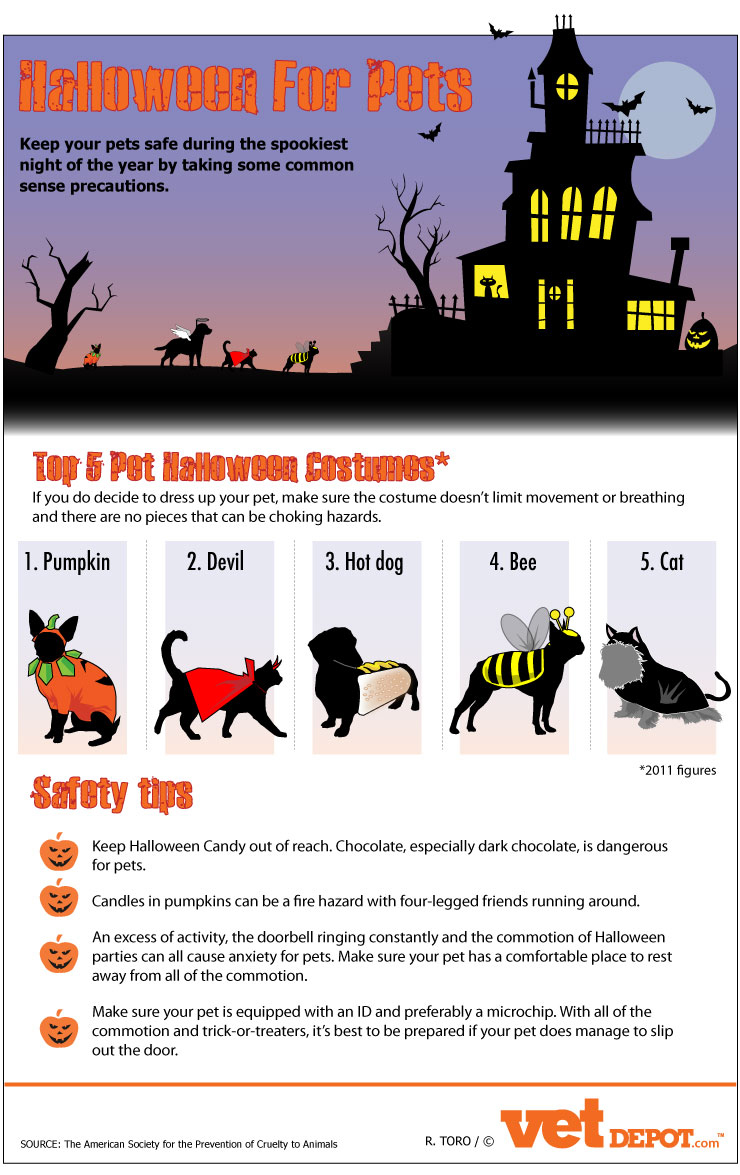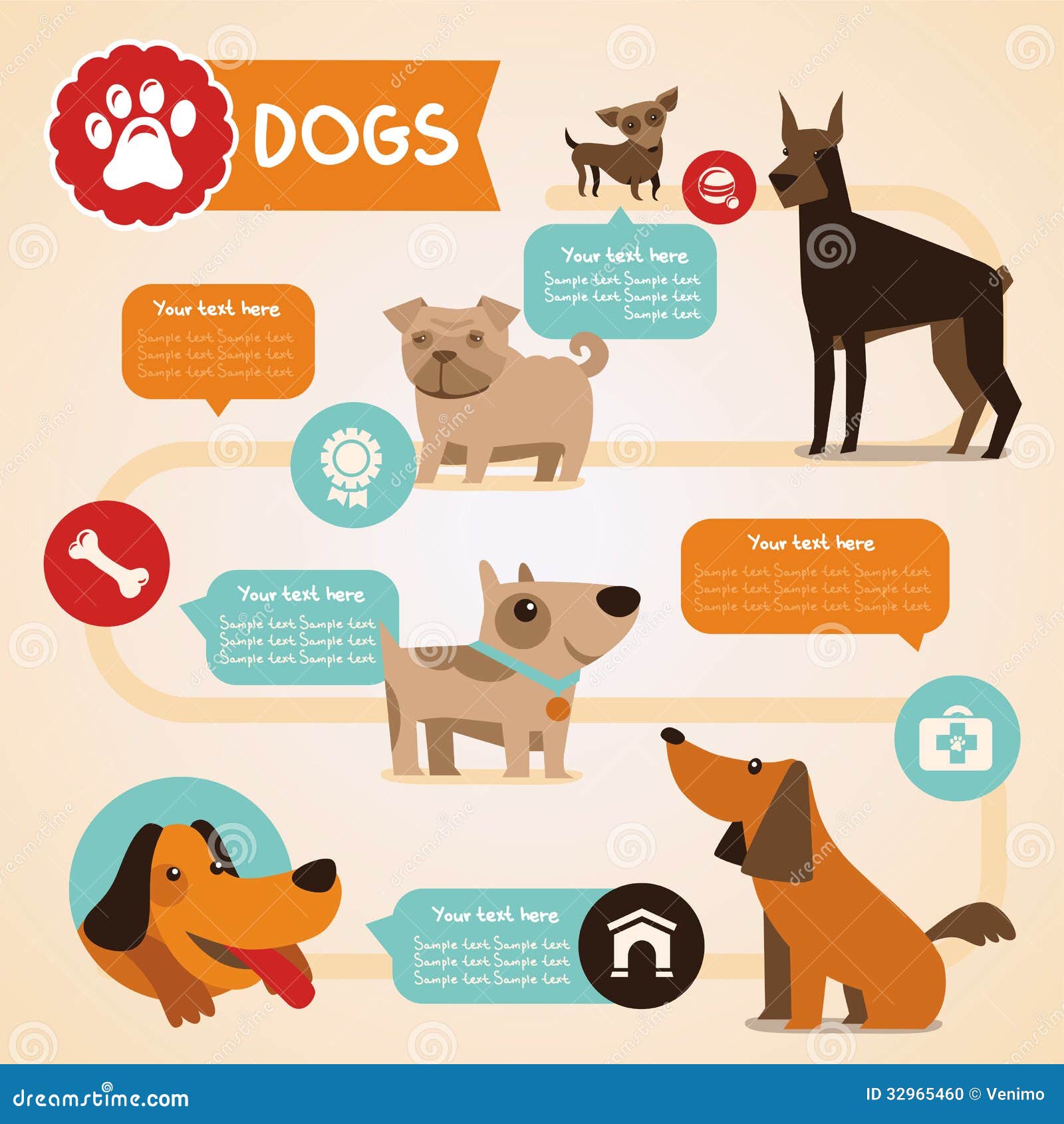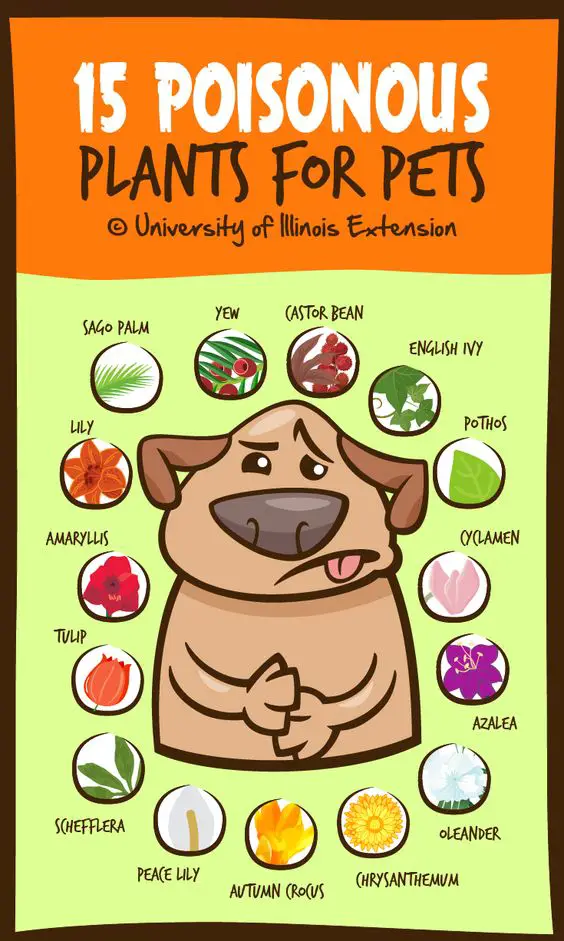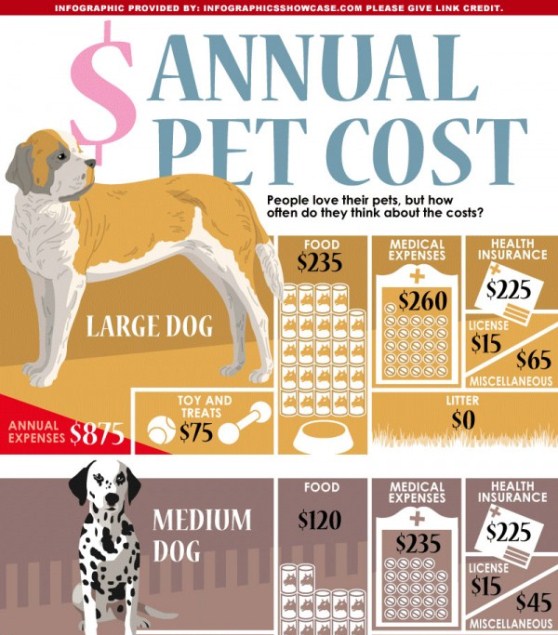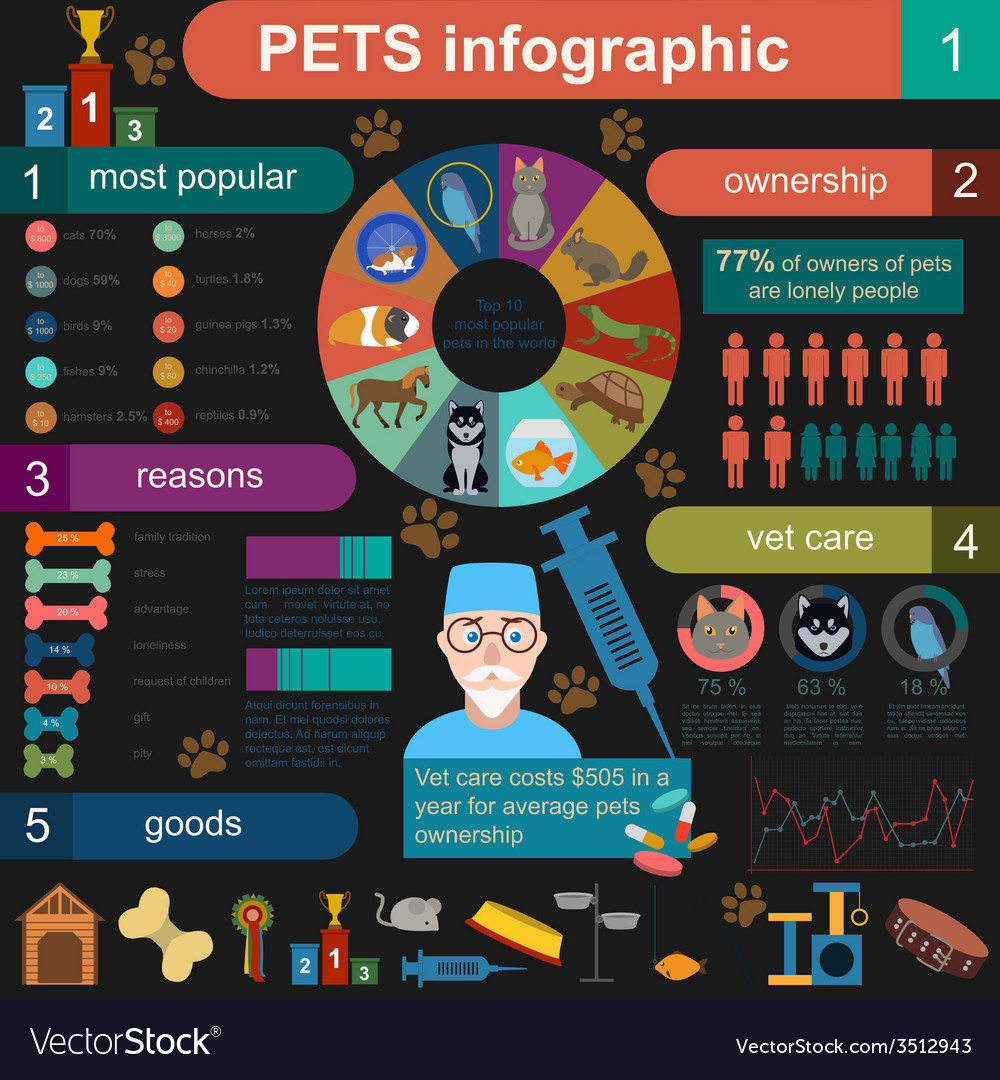Pet daycares are a requirement for many working family pet parents. Nonetheless, if your canine exhibits worrying habits, you may be asked to eliminate them from the facility.
Some dogs get banned from childcare because of aggressive or overly physical play that can trigger injuries to other pets. These actions consist of:
Aggression
Hostility towards various other pet dogs is an usual factor for restrictions. It can be caused by play, aromas, food bowls and other people (especially children). It is usually directed at one dog but may be redirected towards multiple dogs. Generally, canines who are aggressive toward other dogs are not good candidates for daycare.
A dog can display aggression through barking, lunging, redirected behavior, too much posturing, bulges and various other aggressive kinds of behaviors. This is not a normal part of a dog's temperament and usually calls for treatment prior to a day care facility will consider admitting it.
Some dogs are aggressive just towards particular classifications of people such as veterinarians, groomers, postal carriers and other people. This sort of hostility can be an issue for numerous daycares due to the fact that it is usually difficult to stay clear of the targeted person or group.
Loneliness
Similar to human beings, canines can get lonely. Loneliness creates a solid need to re-connect and involve with others. When the canine is unable to connect and take part in a favorable method they will seek out even more damaging outlets for their isolation. This commonly takes the kind of playing harsh with other canines or acting possessive and hostile towards their own playthings.
Regretfully, a day care environment does not always give the very best opportunity to take care of these sort of behaviors. For example, team whose shifts alter on a regular basis need to kennel canines quickly and without the moment or sources to observe them or to help reintroduce them back right into the group.
Just like individuals that flourish in enormous groups at songs festivals yet discover it a lot less complicated to rest alone at a low-key coffee bar, pet dogs have distinct preferences concerning when, exactly how and with whom they socialize with other pets. Removing them from a group they do not belong in is rarely mosting likely to show them any type of different.
Over-stimulation
Overstimulation is when you really feel overwhelmed by sensory stimulations, like excessive noise or task. This can set off feelings of anxiousness and worry, and physical symptoms such as problem breathing.
It's a reason why some pets get outlawed from day care - particularly those that have actually been required to be frequently turned on. They might appear cranky, stylish or baffled and struggle to focus. They may require to cover their ears or eyes, or avoid individuals and circumstances due to the fact that they're overstimulated by them.
Overstimulated pet dogs might be leaping, barking, grabbing, damaging and even attacking out of context since they're incapable to soothe themselves down. This is often a hereditary trait or breed-trait and can be worsened by certain environmental variables. It could be that they're strained with ball chasing, harsh play, repetitive commands or simply too many individuals all at once. They may 'enter into hyper setting' during strolls and need to be crated when they return home.
Extreme humping
Many pet dogs mount and hump sometimes, but when it dog boarding ends up being too much, it is an issue. This actions can be perceived as prominence, displaced aggression or simply excitement and is challenging to regulate in a day care setting. If you have a canine that humps other pets or people, attempt disengaging them from the scenario as soon as it starts by directing them away, turning your back or taking a seat. If required, utilize a timeout for one to 3 minutes in a silent area. This will aid your pup discover that this actions is not allowed.
It is likewise important to note that humping can occasionally be the result of an underlying clinical issue such as urinary system infections, allergic reactions, or skin problems that make the genital location itchy and painful. It is always a great concept to get a veterinary test and ask your veterinarian for their opinion. They might have the ability to offer some medical recommendations and suggest medicine.
enter'>|
